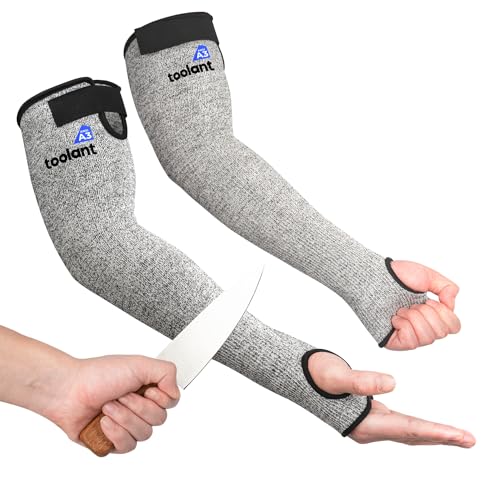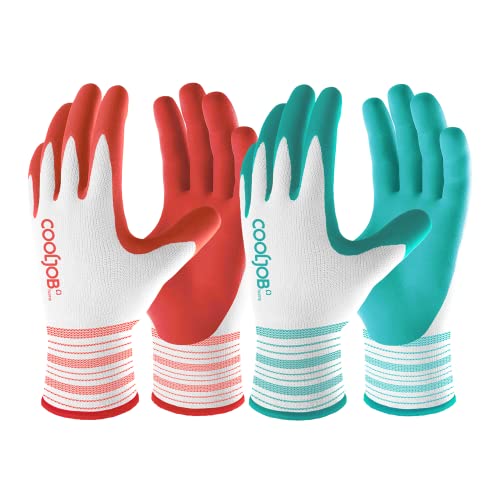‘Picking okra when it's ready can be tricky’ – avoid tough pods with our expert tips for harvesting okra at the perfect time
Discover when to harvest okra for a long and flavorful season
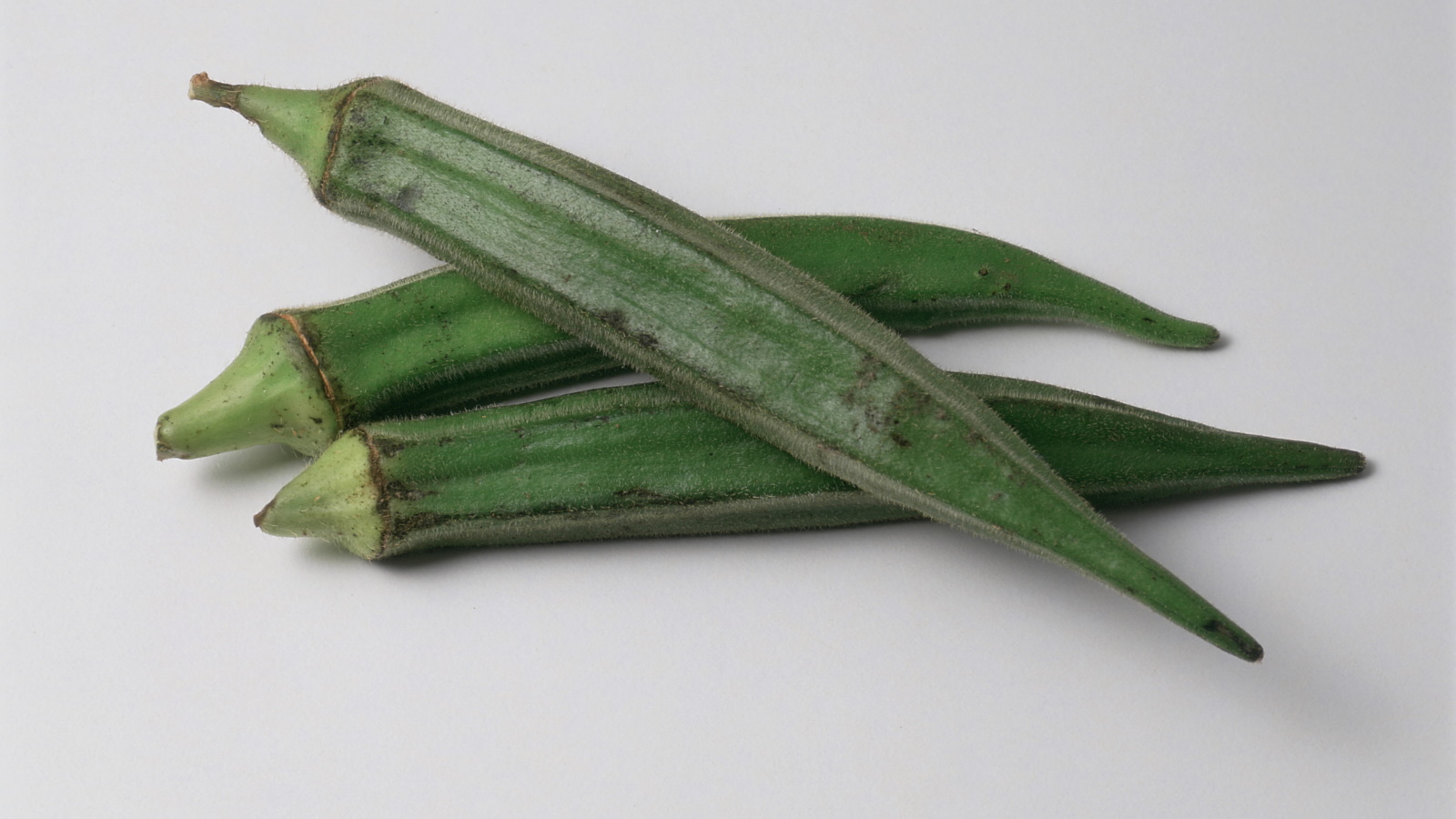

Okra is a fast-growing crop that can provide a bounty of pods throughout the summer and fall to fulfil your culinary desires. Young and tender okra pods are a delicacy, though okra must be harvested at the right time as older ones are woody and tough.
If you are new to growing okra, knowing the ideal time to harvest can be tricky. Picking okra is a task that needs to be done diligently and regularly to ensure the longest crop of tender pods throughout the season.
Knowing when to harvest okra is an essential part of growing the crop. Factors such as the signs to look for, the ideal size of the pods, and how to harvest successfully all play a key role in helping you get a bumper yield of highly nutritious and delicious okra.
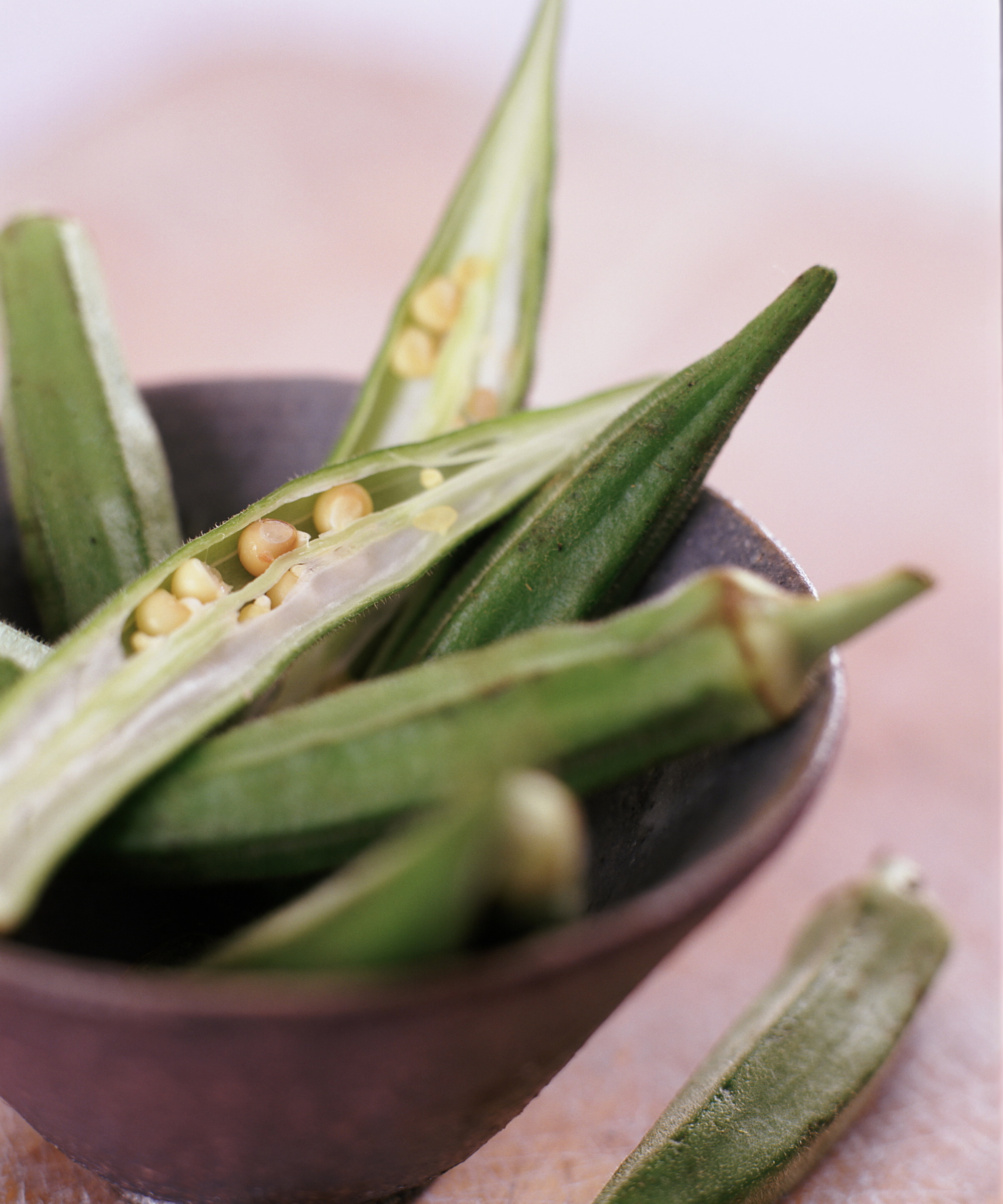
Knowing when to harvest okra means you get tender and tasty pods
Tips to boost a yield come okra harvest time
Okra thrives in a hot and sunny climate. For a good harvest, growers in cooler climates can grow okra in a greenhouse, while in warmer US hardiness zones you will get a top crop outdoors in hot summers. To help guarantee a strong yield, on top of lots of heat okra needs regular watering, so the soil is consistently moist, and fertilizing through the summer.
When to harvest okra - these are the signs it is ready
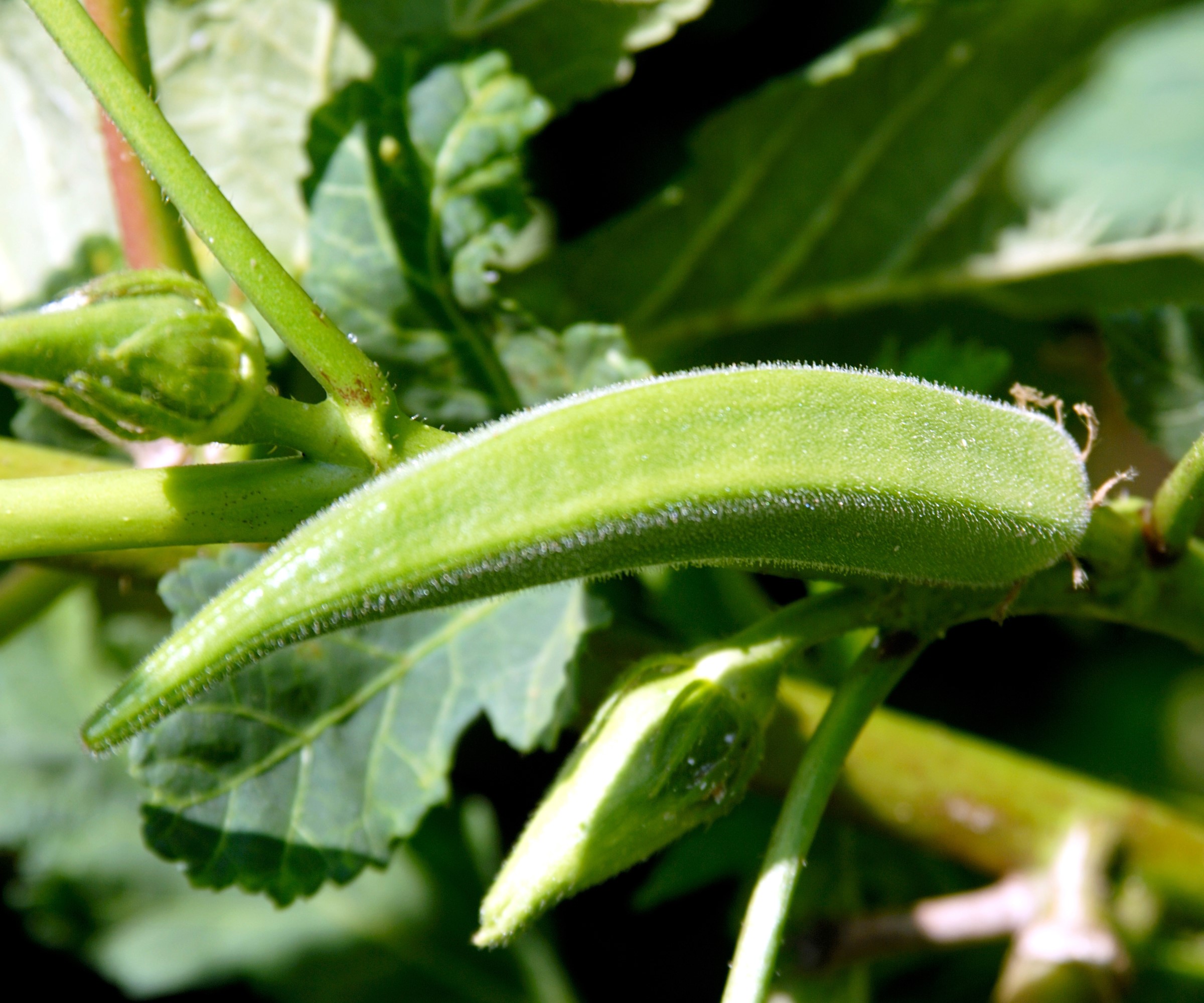
Okra is a fast-growing crop best harvested little and often
Timing is important when harvesting okra, it is best to pick pods when they are small and tender. Veronica Sparks, the owner and operator of Homesteading Suburbia, claims: ‘Grabbing mature okra when it's ready to harvest can be a bit tricky. If you harvest too late, the pods can get tough and woody and they won't taste as good.’
The timing for harvesting okra starts around two months after planting the vegetable in your kitchen garden. It often takes 60-70 days from sowing the vegetable seeds, or around 40-50 days from transplanting the seedlings into the vegetable garden - the exact time will depend on the variety and weather conditions and any seed packet should give an estimate of the days to maturity.
Mature okra plants start to flower, that is the sign that okra harvest time will be just around the corner. ‘Once flowers appear on your okra plant, be on the lookout for pods,' says Veronica Sparks. ‘The flowers will die and, after a few days, you'll see the pods form.’
The pods want to be picked when they are 2-3 inches in length and have a vibrant color - this will most often be green, but you can get varieties of okra that are purple or deep red. Make sure to pick pods when they are this size as letting them get much larger will mean woodier okra. Any pods that are the right size but pale in color should be discarded, as they are also likely to be woody.
‘The more okra pods you pick, the more the plant produces,’ says Diane Kuthy, creator of How to Grow Everything. ‘For this reason, you should consistently harvest okra pods throughout the growing season.
'Sometimes, this means that you are picking just a handful of pods each day, but it is important to pick pods whenever they are ready. Don't wait for a single day to do a big okra harvest or you'll be disappointed with your yields.’
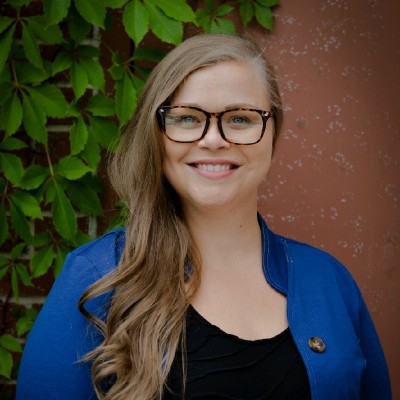
Veronica Sparks runs the homesteading and gardening blog 'Homesteading Suburbia' which has a strong emphasis on sustainability and self-sufficiency for suburban homeowners.

Diane Kuthy is the founder and lead plant expert at How To Grow Everything, a collection of comprehensive grow guides for every plant and vegetable. Diane has over 10 years of gardening experience and she currently manages a five-acre farm, with a four-season greenhouse and over 50 perennial fruit and vegetable varieties.
How to harvest okra - quick tips for safe picking

Harvest okra when the pods are 2-3 inches in length
Okra is not a tricky crop to harvest, however, it is always recommended to wear gloves and long sleeves when picking. This is because the plant has lots of fine hairs on the stems, leaves, and pods that can irritate the skin. Advancements in breeding mean you can get spineless varieties of okra to help make harvesting easier, however, wearing gloves remains preferable even when picking these types.
Harvesting of okra pods is best done with a sharp harvesting knife - such as this foldable harvesting knife available at Walmart - or a pair of sharp and clean pruning shears. Using tools to harvest mitigates the risks from the hairs on pods and also eliminates the risk of making the harvesting mistake of damaging the plant by pulling pods too hard - which will massively impact the yield if you snap the main stem or uproot the plant.
Using your knife or shears, snip right below where the pod attaches to the stem. If the stems are tough to cut, it is a sign that the pod itself will be woody - so it is best to discard the pod and let the plant put energy into producing new ones. Place the harvested okra carefully into a container as you go to avoid damaging the delicate pods.
Leaving pods on the plant and letting them develop can be a way to collect seeds to sow next year. However, keeping older pods on the plant to get free seeds will slow down the production of new tender okra to harvest.

A variety of okra that grows vigorous 4' plants and produces an abounding harvest of spineless dark-green, grooved pods.
Storing okra after harvest
After harvesting okra, refrain from washing the pods until you are going to eat them otherwise it can make them susceptible to mold or going slimy.
Veronica Sparks recommends: ‘You can store fresh pods in the refrigerator for a couple of days, but they go bad quickly, and you'll notice spoiled okra gets soft and slimy.’ Fresh okra pods can last 5-7 days in a refrigerator crisper drawer. ‘For longer storage, blanche and freeze your okra pods,’ adds Veronica.
FAQs
Can you eat raw okra?
Okra is safe to eat raw, though it has a sticky texture which may not appeal to some people. It contains lots of beneficial vitamins and minerals and can be eaten whole, sliced, or blended in juices or smoothies.
What can you do with old okra that is too big?
Okra that has grown larger than four inches in length is likely to be tough, woody, and bitter. Such pods are best removed from the plant to encourage new growth and more okra to develop. The large okra pods can either be discarded or cut into pieces to be added to stews - in which they can be slowly cooked to soften the texture.
Okra can be sown twice a year for the longest cropping season. As well as being sown in spring, this fast-growing vegetable can also be planted in June. An early summer sowing can start being harvested from late summer onwards to give you flavorful okra pods well into fall.
Sign up to the Homes & Gardens newsletter
Design expertise in your inbox – from inspiring decorating ideas and beautiful celebrity homes to practical gardening advice and shopping round-ups.

Drew’s passion for gardening started with growing vegetables and salad in raised beds in a small urban terrace garden. He has worked as a professional gardener in historic gardens and specialises in growing vegetables, fruit, herbs, and cut flowers as a kitchen gardener. That passion for growing extends to being an allotmenteer, garden blogger, and producing how-to gardening guides for websites. Drew was shortlisted for the New Talent of the Year award at the 2023 Garden Media Guild Awards.
-
 If your home's facade is riddled with cobwebs, this $12 tool makes cleaning once-unreachable spots simple and speedy
If your home's facade is riddled with cobwebs, this $12 tool makes cleaning once-unreachable spots simple and speedySay goodbye to cobwebs and hello to a fresh and clean facade
By Rebecca Shepherd
-
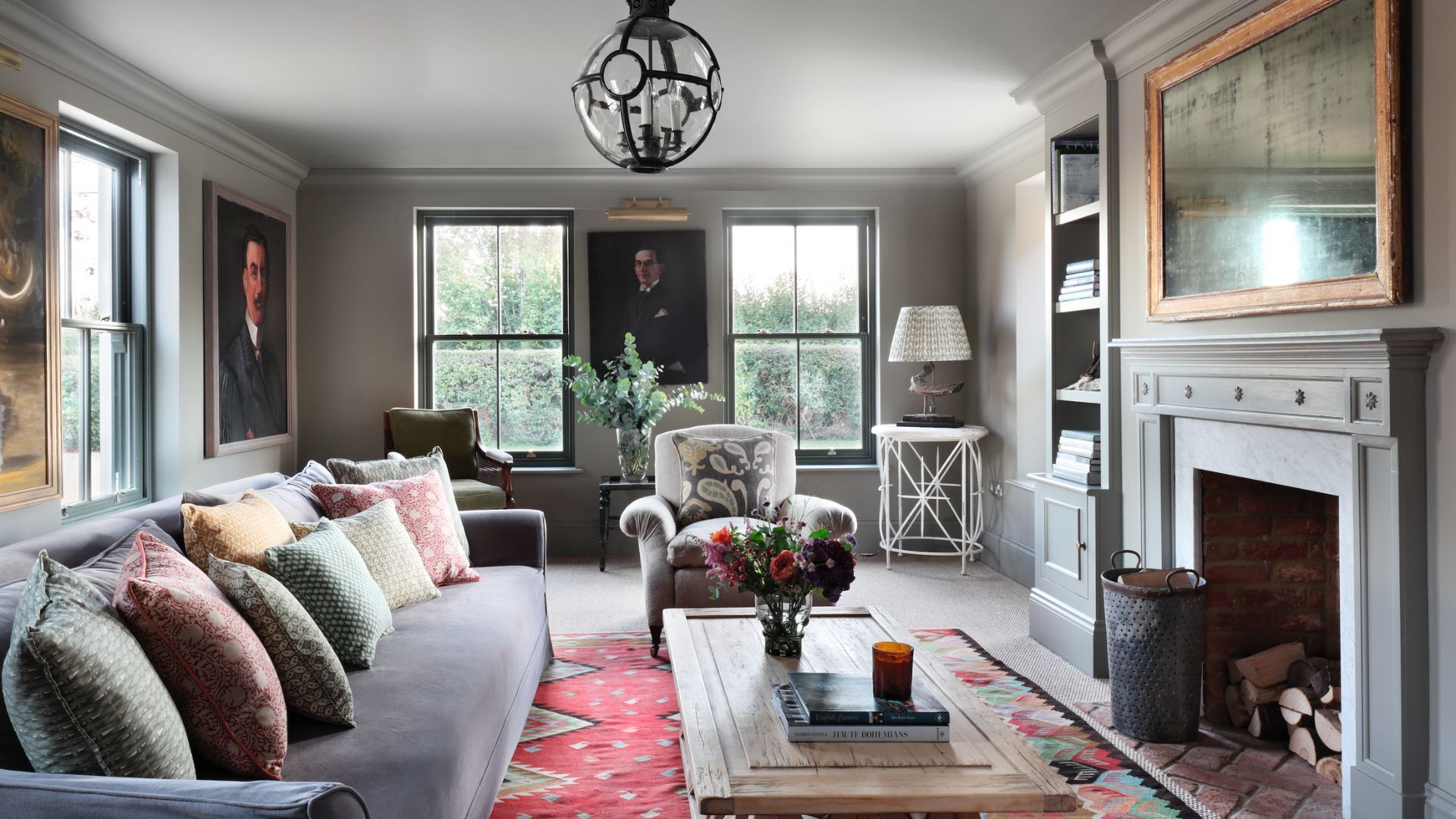 I thought I hated gray, but this one paint changed my mind and now I use it all over my home
I thought I hated gray, but this one paint changed my mind and now I use it all over my homeWhy Farrow & Ball Pigeon defies everything I loathe about gray paint
By Sophia Pouget de St Victor
-
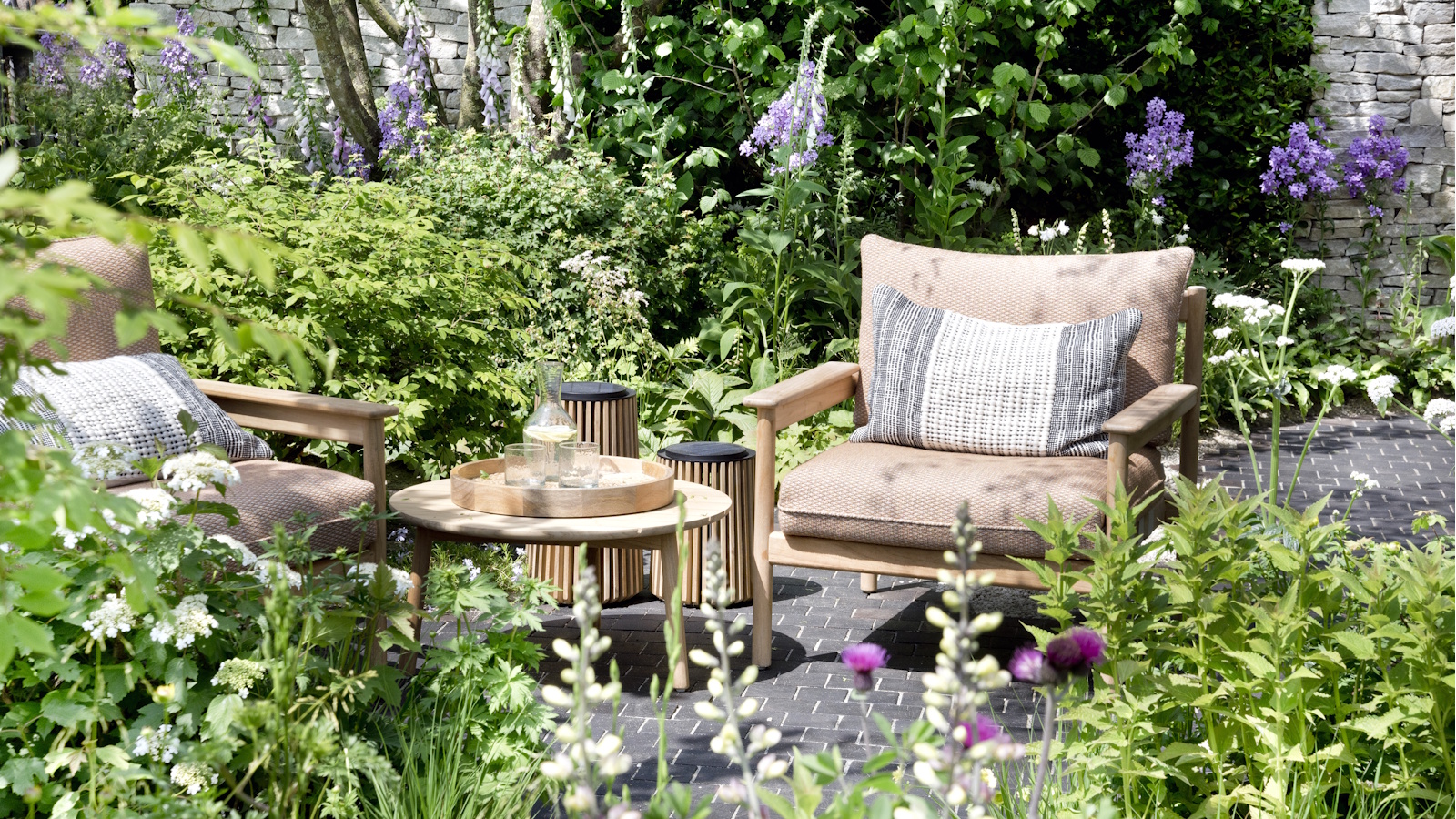 This $20 pop-up greenhouse from ALDI is perfect for small yards – it will turbocharge your tomato harvests this summer
This $20 pop-up greenhouse from ALDI is perfect for small yards – it will turbocharge your tomato harvests this summerEasy to use and compact to store, pop-up greenhouses are ideal for patio or balcony gardeners
By Thomas Rutter
-
 Small yard but want to grow your own crops? This wooden cold frame is 40% off at Wayfair – and it's perfect for tiny patios and apartments
Small yard but want to grow your own crops? This wooden cold frame is 40% off at Wayfair – and it's perfect for tiny patios and apartmentsCold frames are a sensible investment for any gardeners struggling for space on balconies, backyards or patios
By Thomas Rutter
-
 7 of the best tomatoes for growing in pots – expert growers pick their top varieties ideal for large harvests from containers
7 of the best tomatoes for growing in pots – expert growers pick their top varieties ideal for large harvests from containersYou can enjoy bumper homegrown harvests in small spaces
By Drew Swainston
-
 These 5 plants can help you get the best, and potentially tastiest, broccoli ever – discover what to plant with broccoli, and what to avoid
These 5 plants can help you get the best, and potentially tastiest, broccoli ever – discover what to plant with broccoli, and what to avoidOur selection of vegetables, herbs, and flowers is perfect for companion planting with broccoli
By Drew Swainston
-
 How to grow cabbages in containers – expert tips for top harvests in small urban spaces
How to grow cabbages in containers – expert tips for top harvests in small urban spacesYou can grow lots of different cabbages in pots, troughs, grow bags, or buckets
By Drew Swainston
-
 You'll get the best homegrown tomato crops if you plant them next to this one flower – discover why these two are a dream combination
You'll get the best homegrown tomato crops if you plant them next to this one flower – discover why these two are a dream combinationYour tomato plants will be pest-free and covered in fruits
By Drew Swainston
-
 Direct sowing vs transplanting – our grow-your-own expert advises which is best, and shares 5 veggies you should always sow directly
Direct sowing vs transplanting – our grow-your-own expert advises which is best, and shares 5 veggies you should always sow directlyBoth approaches to sowing vegetables have pros and cons
By Drew Swainston
-
 I grew rhubarb from seed for years – here’s exactly how to do it for guaranteed germination and healthy crops of fruit
I grew rhubarb from seed for years – here’s exactly how to do it for guaranteed germination and healthy crops of fruitGrowing rhubarb from seed is a cost-effective way to propagate plants, but it requires care and patience
By Drew Swainston
